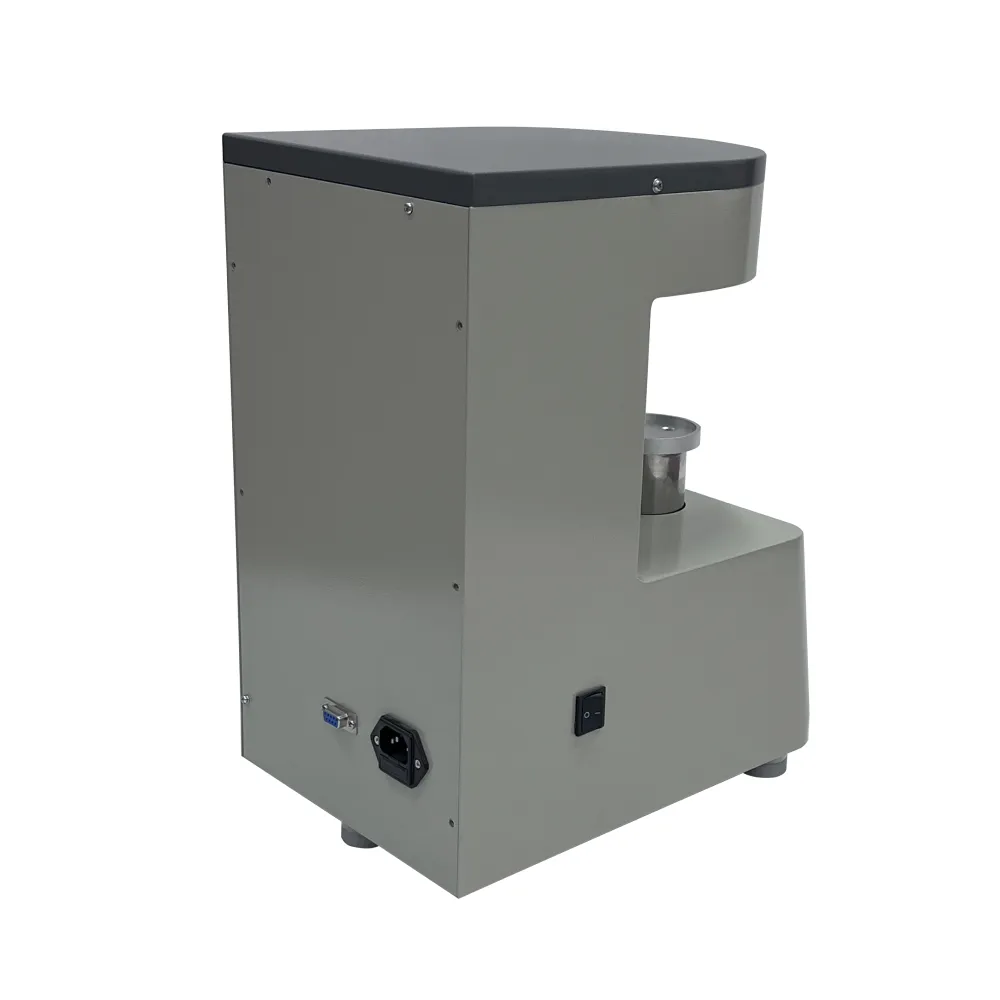 English
English


Load Testing in Transformers - Comprehensive Guide
Understanding Load Testing in Transformers
Load testing is an essential process in the evaluation and performance analysis of transformers, which are critical components in electrical power distribution systems. This type of testing ensures that the transformer can handle the specified load under various conditions without compromising safety or efficiency.
Understanding Load Testing in Transformers
The process of load testing involves simulating the intended operational conditions of the transformer. It typically includes applying a known load and monitoring the performance metrics such as voltage regulation, temperature rise, and efficiency. Various instruments, including wattmeters, ammeters, and thermocouples, are employed to gather accurate data during the test.
load test in transformer

One of the primary concerns during load testing is to measure temperature rise. As the transformer operates, its core and windings experience thermal stress due to the resistance in electrical components. If the temperature exceeds the insulation class rating of the materials used within the transformer, it can lead to premature aging and failures. Therefore, load testing not only focuses on performance output but also on ensuring that the operating temperatures remain within safe limits.
Another critical aspect of load testing is to assess the voltage regulation of the transformer. This refers to the ability of the transformer to maintain a constant output voltage despite variations in load. Good voltage regulation is vital for the stable operation of electrical equipment downstream. During the load test, engineers will record the no-load and full-load voltages to evaluate the transformer's performance under varied conditions.
Notably, load testing can also reveal any weaknesses or defects in the transformer that may not be apparent during regular operation. For instance, issues related to poor connections, insulation failures, or mechanical problems can significantly affect performance and safety. Pinpointing these issues during the testing phase allows for timely maintenance or replacement, thereby preventing potential failures in the future.
In conclusion, load testing is a crucial procedure that ensures transformers operate efficiently and safely under their intended load conditions. By thoroughly evaluating performance metrics and identifying potential issues, this testing type contributes significantly to the reliability of electrical power systems. Regular load testing practices are essential not only to meet regulatory standards but also to maintain the longevity and robustness of these vital components in power distribution networks.
-
Differences between open cup flash point tester and closed cup flash point testerNewsOct.31,2024
-
The Reliable Load Tap ChangerNewsOct.23,2024
-
The Essential Guide to Hipot TestersNewsOct.23,2024
-
The Digital Insulation TesterNewsOct.23,2024
-
The Best Earth Loop Impedance Tester for SaleNewsOct.23,2024
-
Tan Delta Tester--The Essential Tool for Electrical Insulation TestingNewsOct.23,2024





